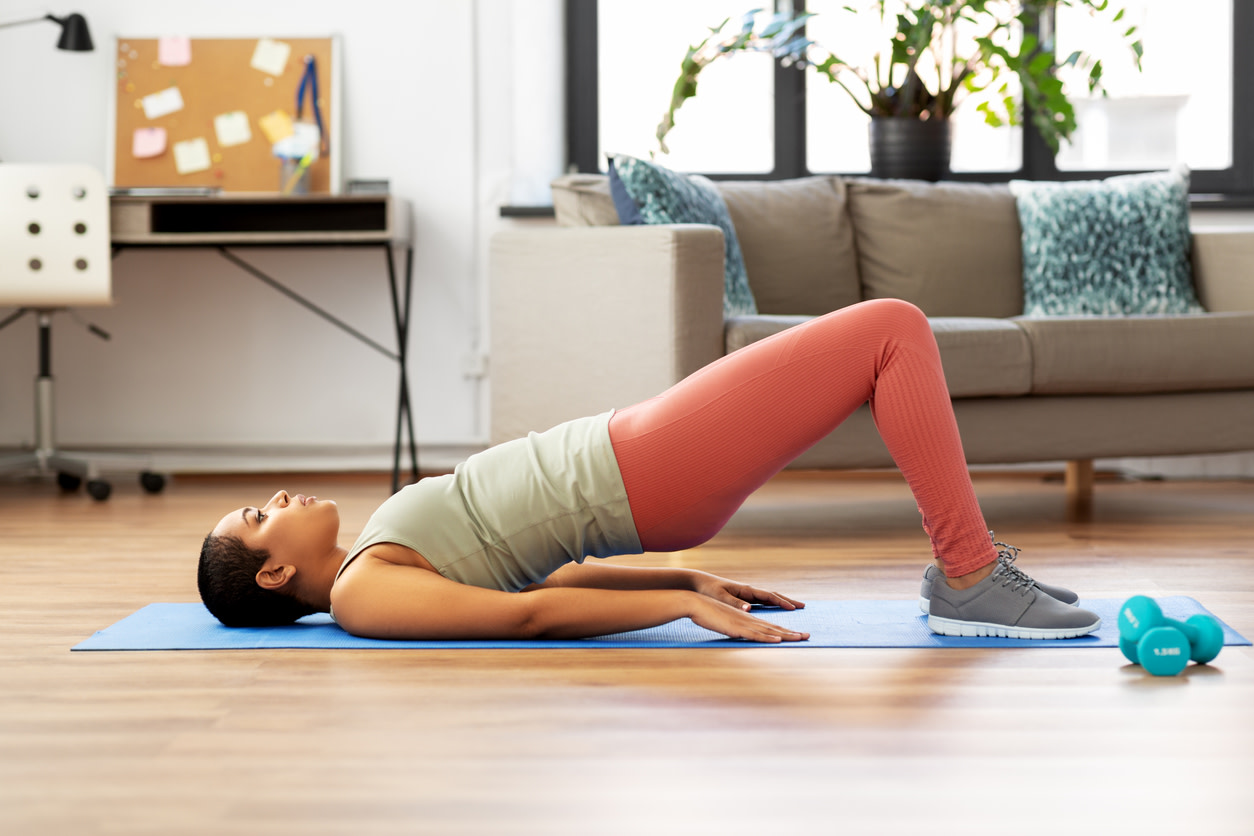Terapia de ejercicio para tu piso pélvico: cómo funciona, qué esperar y consejos de Hinge Health
Aprende a aliviar y prevenir el dolor y los síntomas del piso pélvico con terapia de ejercicio, ejercicios y consejos de fisioterapeuta.
$0 costo para usted
Última actualización: Jul 16, 2025
El índice
Fully Covered Pelvic Care
Find relief from pelvic pain, leakage, muscle weakness, & more.
Check if I'm eligibleEjercicios para aliviar los síntomas del piso pélvico
¿Quiere atención experta? Comprueba si estás cubierto por nuestro programa gratuito →- Respiración diafragmática
- Figura cuatro: estiramiento
- Ejercicios de Kegel
- Bebé feliz
- Puente
- Almeja (clamshells)
- Contracción abdominal sentado
